Ask Ethan: How Do Black Holes Make Such Bright Quasars?
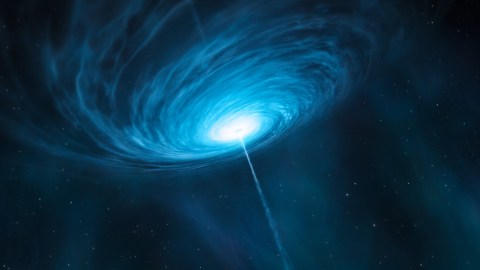
If they eat everything they come in contact with, how do quasars shine so bright?
“Twinkle, twinkle quasi-star.
Biggest puzzle from afar.
How unlike the other ones.
Brighter than a billion suns.
Twinkle, twinkle, quasi-star.
How I wonder what you are.” –George Gamow
Black holes are the enigmas of the Universe: regions of space where so much mass is collected into such a tiny volume that nothing can escape its gravitational pull, not even light. No matter how much energy or how much speed an object within a black hole’s event horizon acquires, it can never get out and affect the Universe beyond.
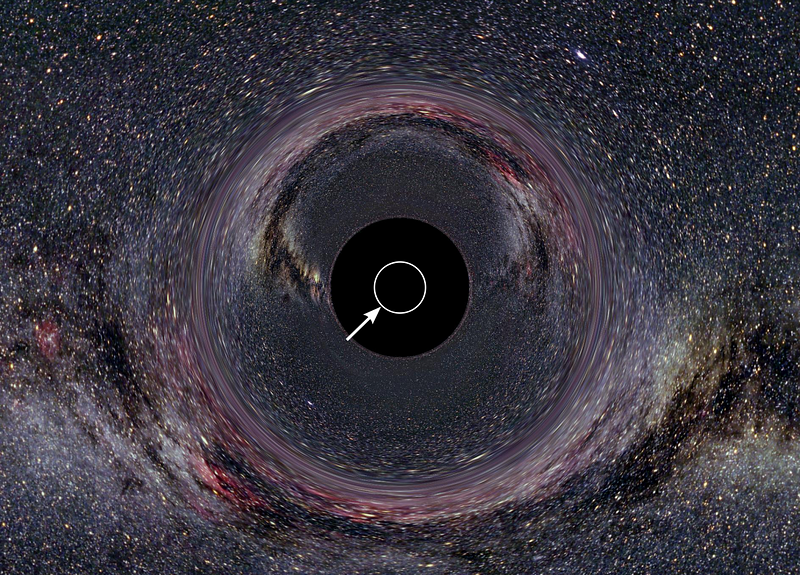
Which is what makes our reader Rik’s question for this week’s Ask Ethan so interesting:
How is it possible that super-massive black holes emit quasars when they ‘eat’ too much, too fast? You would expect that all matter is simply sucked in.
This is one of the strangest phenomena imaginable: that black holes, an object from which nothing can escape, gives rise to the brightest class of objects ever observed.
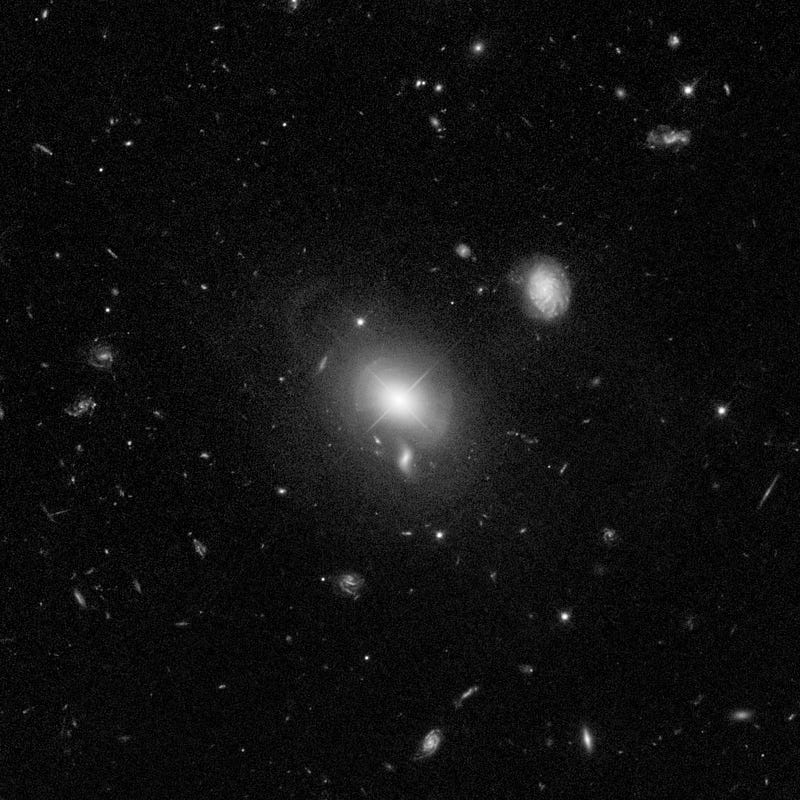
A quasar is an incredibly interesting object, so interesting that when we first saw them, we had no idea what they actually were. With the advent of radio astronomy, we started to discover these incredibly bright sources in radio frequencies. And yet, when we looked in other wavelengths of light — visible, X-ray, ultraviolet, infrared, microwave — we saw absolutely nothing. For some reason, there were these radio sources, these point-like, concentrated radio sources, that exhibited no other signals at all. We named them Quasi-Stellar Radio Sources (QSRS), or quasars.
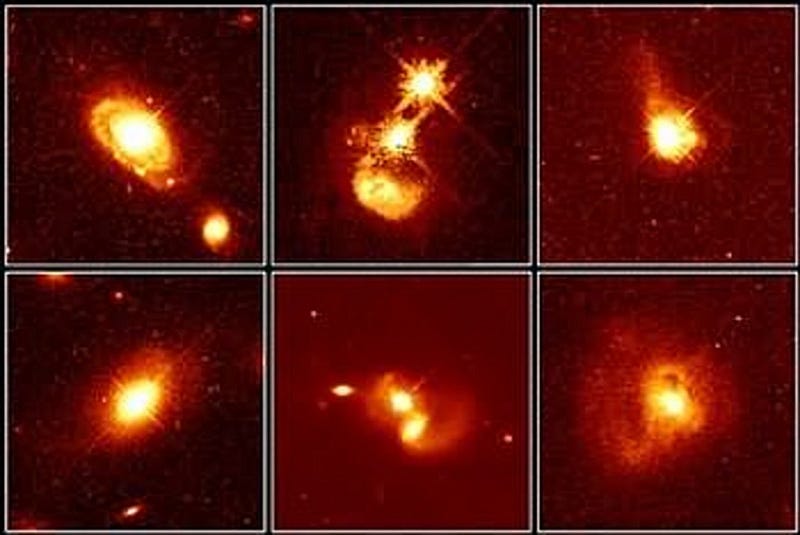
Over time, we began to discover a number of interesting properties about these objects:
- Almost all of them were located extremely far away, at colossal redshifts far exceeding the other modern limits of what was observable.
- The brightness in the radio indicated that something more energetic was happening than anything else thus far seen in the Universe.
- And finally, these objects appeared somewhat different depending on how they were oriented with respect to us.
Eventually, our observational toolkit improved enough that we started to discover similarities between quasars and a few other classes of objects: active galactic nuclei (AGNs), blazars, and magnetars.
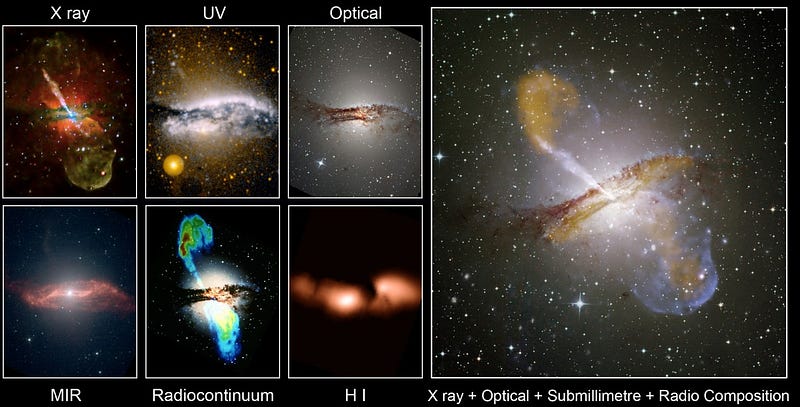
What we came to realize was that the same generic thing was happening in all of these objects: a supermassive black hole at the center of a galaxy was somehow feeding on matter, and ejecting a tremendous amount of material, energy, and (radio) light out into space. Finally, our observations improved enough that we were able to detect the host galaxies for these quasars as well, even the ones located many billions of light years away.
But how does this occur? How do these supermassive black holes actually emit so much energy? Shouldn’t they be absorbing, or sucking all the matter-and-energy in instead? After all, that’s the one thing we all learn about black holes: that they suck everything in, and there’s no escape.
Well, it’s true that there’s no escape, but as far as “sucking everything in” goes? It’s a lie. The illustrations and visualizations you’ve seen to that effect — including the video made by NASA , above — are outright wrong. Instead, if you’re outside the event horizon, being near a black hole is no different than being near any other source of gravity. If the Sun were surreptitiously replaced by a black hole of the exact same mass — 1.99 × 10³⁰ kg — the Earth and all the planets would continue in their orbits in exactly the same fashion they’re moving right now.
The reason quasars do what they do, so to speak, is because these incredibly large masses can accelerate matter near them to very rapid speeds.
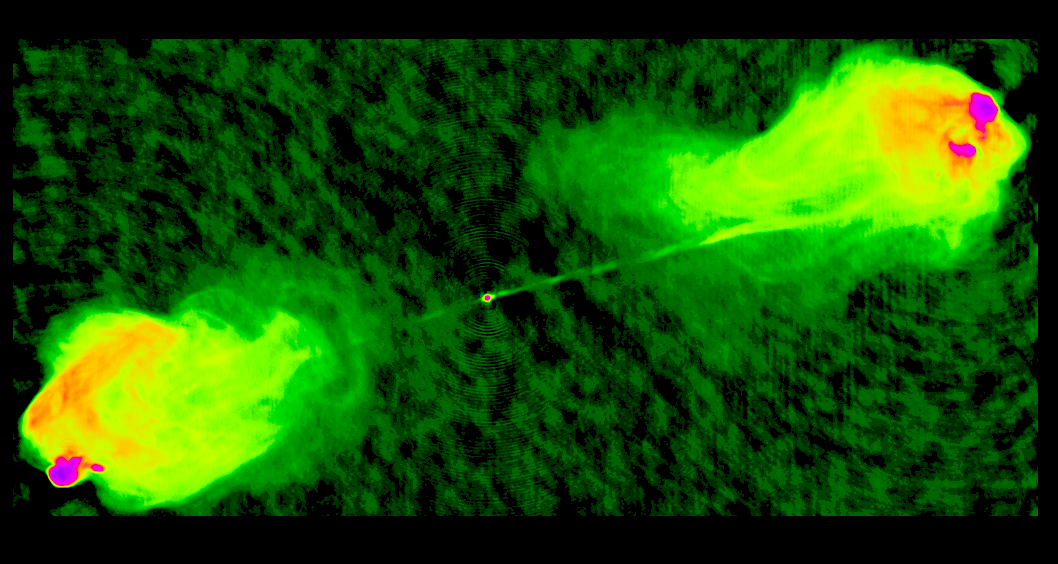
The matter itself forms an accretion disk around the black hole, where it gets accelerated to speeds so great that they give off radiation of many different frequencies, including in the radio. We also see two “lobes” perpendicular to the accretion disk, which are jets of accelerated matter getting ejected at relativistic speeds. The sources we call blazars happen to be oriented with one of the lobes/jets pointed right towards us, while other active galaxies tend to be oriented otherwise.
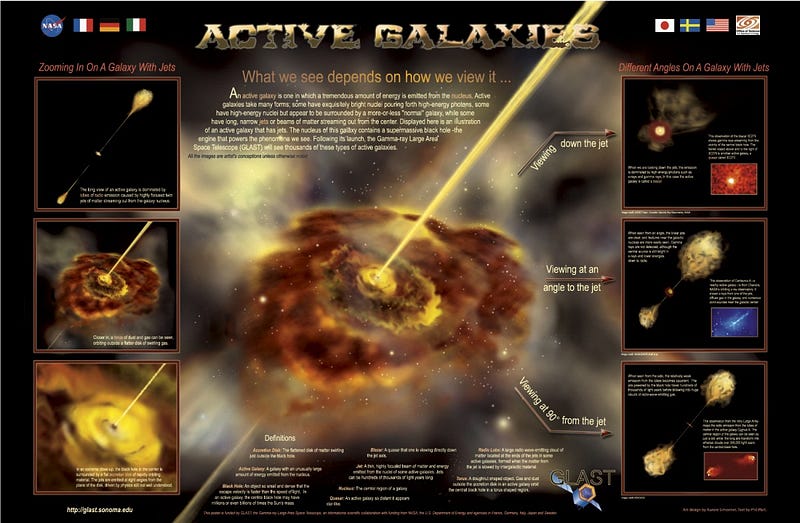
Quasars shine as brightly as they do because the things they devour get stretched apart, torn into bits, and accelerated by the irresistible force of gravity. They put out so much energy because that matter interacts with other bits of matter, heats up and has no choice but to emit radiation. And they’re visible from such great distances because these are black holes hundreds of millions or even billions of times the mass of our Sun, devouring millions of solar masses worth of matter but not devouring tens or hundreds of millions more.
Black holes aren’t the vacuum cleaners of the cosmos; they’re the cookie monsters of the cosmos, missing their “mouths” with practically all of their potential food.
Submit your questions and suggestions for the next Ask Ethan here.
Leave your comments on our forum, support Starts With A Bang here on Patreon, and pre-order our first book, Beyond The Galaxy, coming in six weeks!





